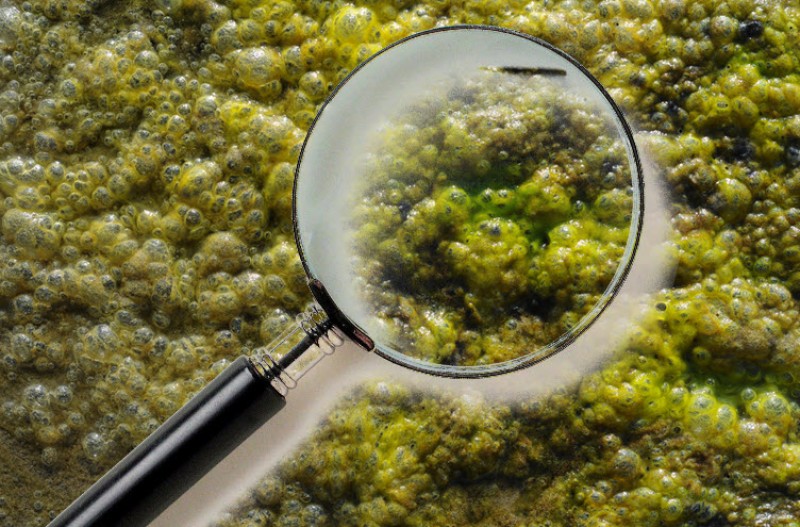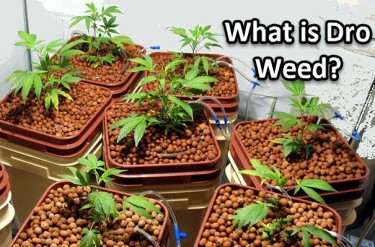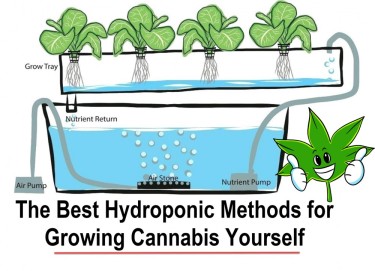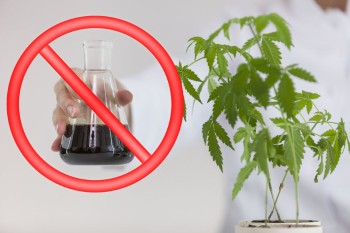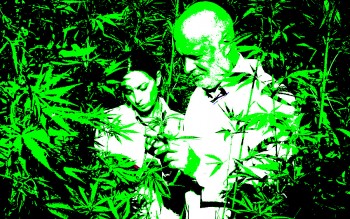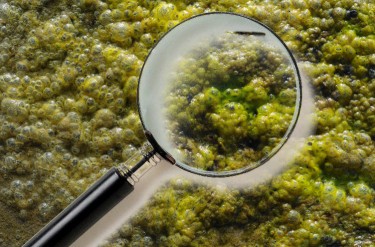
Algae is an essential part of life and our ecosystem as we know, but cannabis and algae just don't mix. Frankly, algae infestation is a necessary evil in any hydroponic growing system. Therefore it will be a pipe dream to think one can operate an algae-free hydroponic system.
But while that is true, one can't just leave the cannabis hydroponic system to be infested with algae as that is detrimental to cannabis growth. To this end, we take a look at a couple of maneuvers to help prevent and control algae growth in the system before it spins out of control.
What are algae and how do they grow?
While the first that comes to mind is the sea when algae are mentioned, many find it surprising to learn that they can as well bloom in hydroponic systems. Now the question is what is it about algae that makes that possible?
What are algae?
Algae are simple plants with no stems, roots, or leaves that live in an aquatic environment. Algae need water to inhabit, warmth, light, and nutrients. Unfortunately, the hydroponic system makes available these four conditions hence algae growth is highly encouraged especially in the reservoir.
Impact of Algae on Cannabis
Looking at the fragile and simple nature of algae, you might be thinking about what harm could these harmless plants cause. While Algae looks harmless, so many reactions are happening beneath the surface. Remember, Algae is another plant growing in the same culture medium as your cannabis plant. Hence, it competes naturally with cannabis plants for nutrients and oxygen and while it doesn't seem to take much, it still prevents your cannabis plant from reaching its peak.
The following are some of the ways algae can cause harm to cannabis plants and the hydroponics culture system.
Competition for oxygen; As mentioned earlier algae compete with cannabis for available oxygen for photosynthesis. This eventually becomes a huge problem if algae grows beyond control, hence consuming high dissolved oxygen which the cannabis plant also needs to grow.
Fluctuations in pH; Similar to every other plant (cannabis inclusive), algae take up CO2 during daytime (increase in pH) and oxygen during nighttime (decrease in pH). This swing in pH most often deter cannabis plants from taking up nutrients thereby reducing their vigor and health which ultimately results in symptoms like spotty leaves.
Choking the hydroponic system: Algae usually first appear as a delicate coat of greenish slime. These thin slimes are usually found on walls of containers, reservoirs, pipes, tubes, and pumps. However, these thin films of slime usually grow thicker and begin to clog the system interfering with air, nutrients, and water supply to the roots of the marijuana plant.
Creating suitable environment for anaerobic pathogens: By causing a decrease in dissolved oxygen in the hydroponic system, algae facilitates ideal climates for the growth and reproduction of fungi and bacteria. These microbes then feast on the roots of cannabis plants.
Promoting infestation of pest. Algae blooms are known to facilitate pests infestation like fungus gnats, whose larvae invade the stems and roots of cannabis plants.
Compromising roots: when algae infestation is severe, they often coat the root ball of cannabis plants, denying it access to nutrients and oxygen. The choke also depleted the roots making them more vulnerable to harmful bacteria and fungi.
How to Manage Algae in a Hydroponic Growing System.
Considering the damage algae infestation can do to both your cannabis plant and the hydroponic growing system, it's important to rapidly get rid of it upon manifestation. However, there is the need to first learn how to identify algae, and from there, proper treatment and preventive measures can be determined.
Identification
Algae generally appear as a thin film of greenish slime. However, some also have a distinctive color like brown, black, or red but that had been unheard of in a hydroponic system. Determining the physical markers of algae is very simple although these plants are very good at hiding in the shadows.
Without any visual indicator, a good way to discover algae growth is to take a deep, long sniff. If you perceive an earthy and moldy smell coming from the room, then there's an algae infestation at hand. It is also important that one pay very good attention to the leaves of cannabis. If the leaves are yellowing and the roots start trudging together, then the damage is done and the only treatment is left.
Treatment
As regards treatment, a very common approach is the use of hydrogen peroxide to cleanse the hydroponic system after algae infestation. To do this, a solution of ten parts water and one part hydrogen peroxide should be prepared. Then, the solution is regularly mixed in minute quantities into the reservoir.
Apart from getting rid of the algae, the solution increases levels of dissolved oxygen in the water. However, a precaution to this treatment is that it should only be done on adult plants. Once cleaning is done, ensure you coat any transparent component of the hydroponic with opaque materials ro reduce light penetration.
Prevention
When it comes to prevention, there are several options to explore. Given that warmth, moisture, and nutrient can't be removed from the setup, one variable that can be controlled is light. Controlling light penetration begins when designing your setup. The idea is to try to prevent light from reaching the reservoir and wet areas, in the setup.
If you've already used transparent equipment, you can always wrap them up with aluminum foil to prevent light penetration. Asides from light, microbes also need to be put to check and a simple installation of UVC light in the air filtration system should solve that. Lastly, algae are not known to lobe moving water. Hence you can install a pump in your system to keep the flow of water moving.
Conclusion
Algae are known not to present major problems at first appearance but the damage will be done sooner than later. Prevention they say is better than cure so we advise you to take steps to prevent it before it occurs and gets out of hand. We hope this article will assist you in troubleshooting your hydroponic setup.
MORE ON DRO WEED, READ THIS..
WHAT IS DRO WEED EXACTLY? READ THIS...
